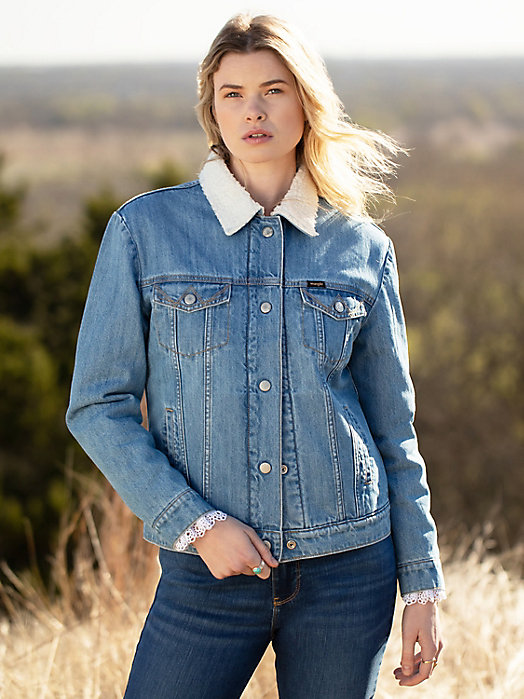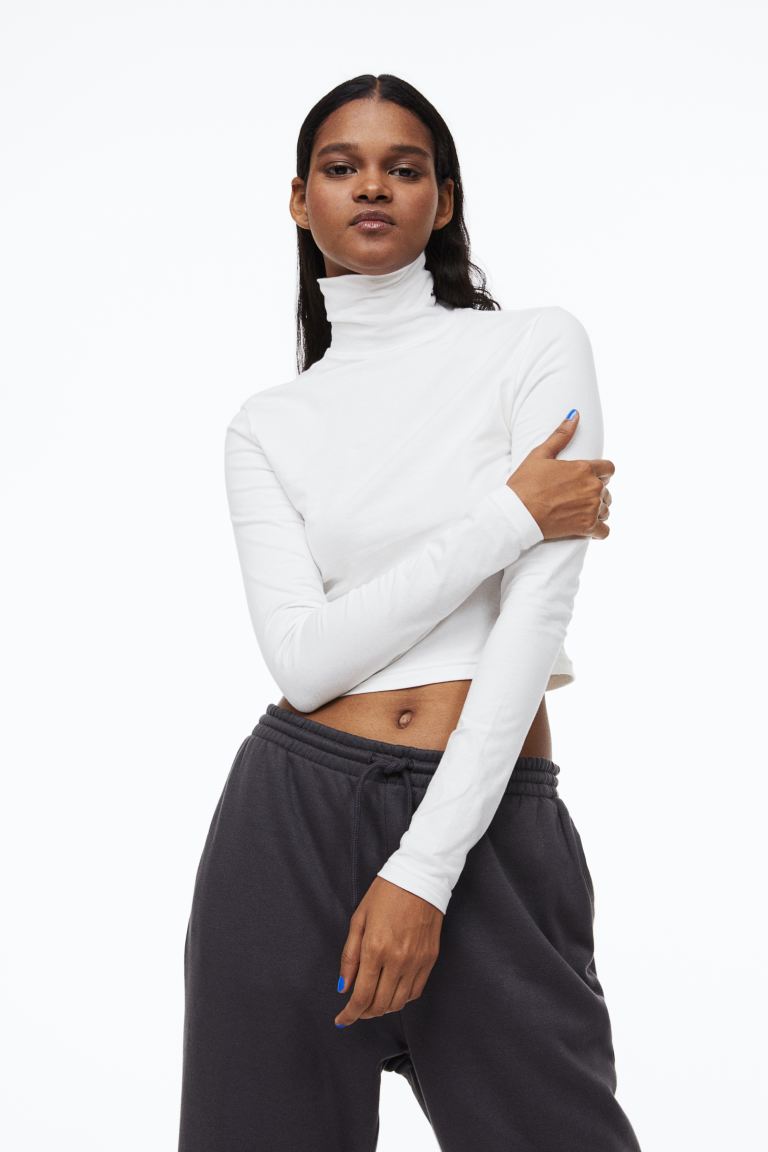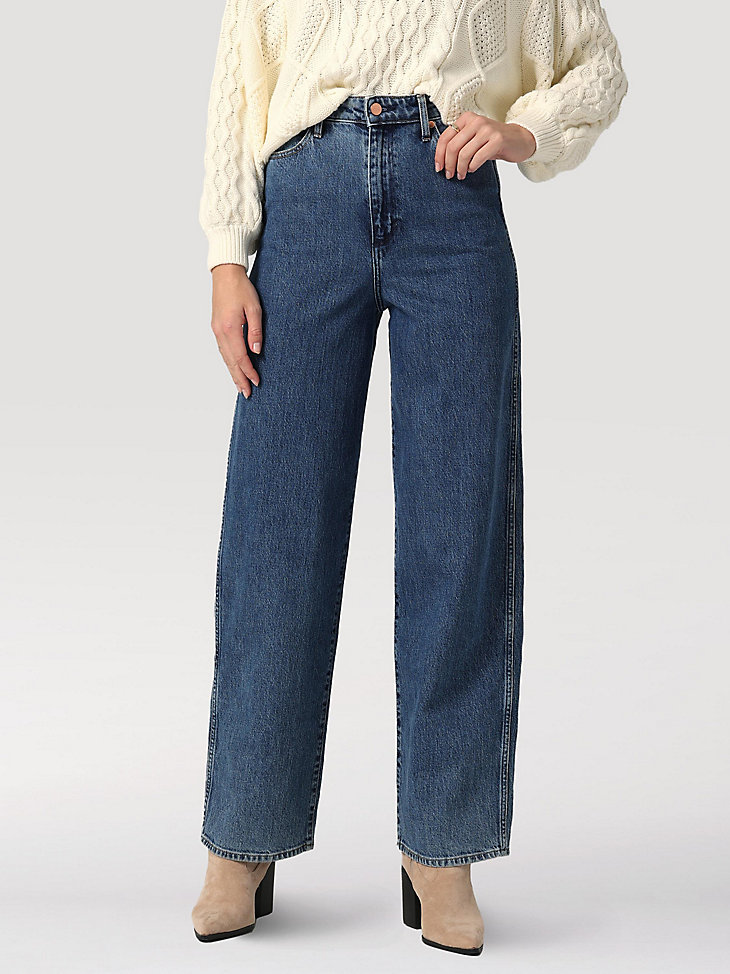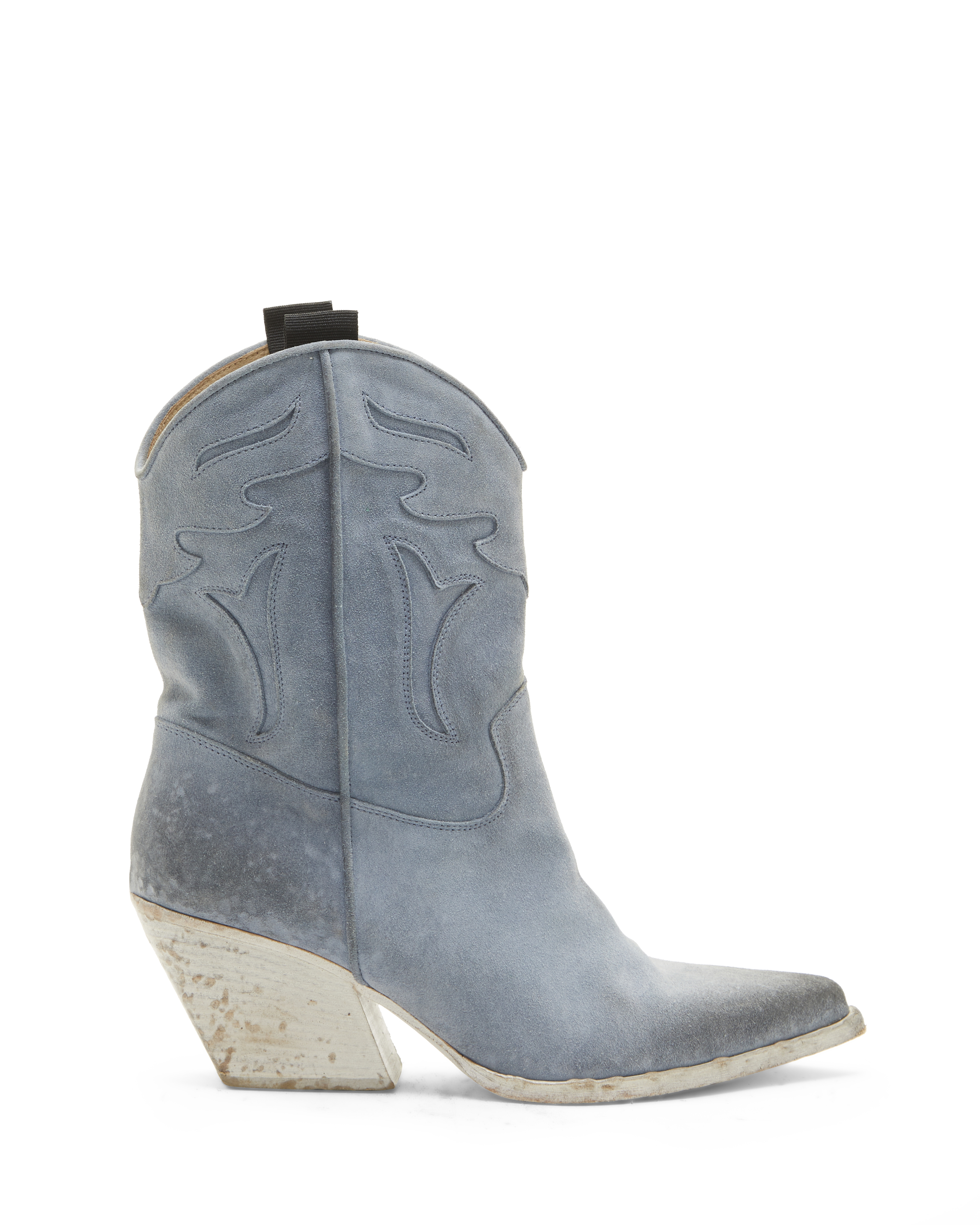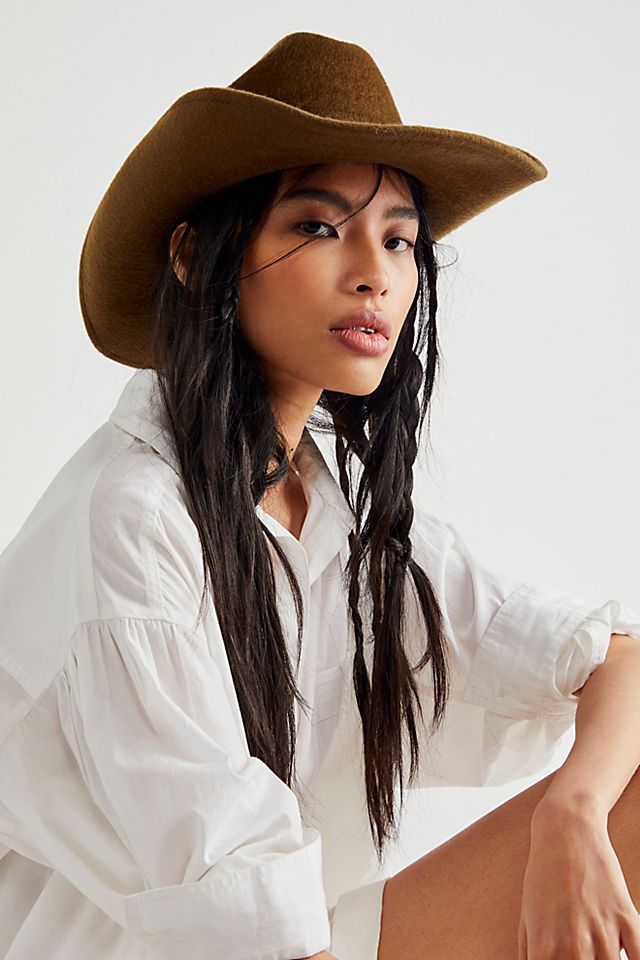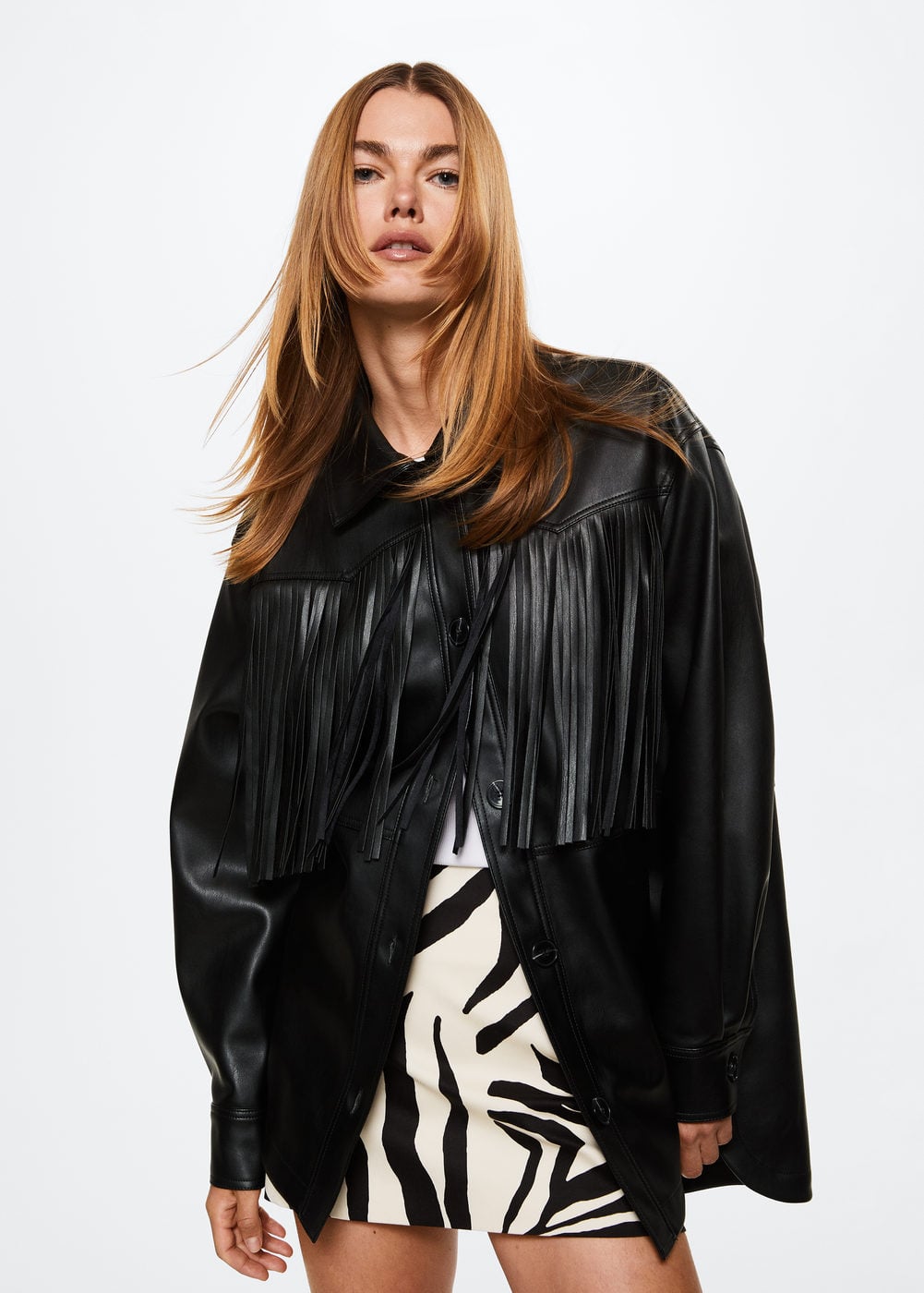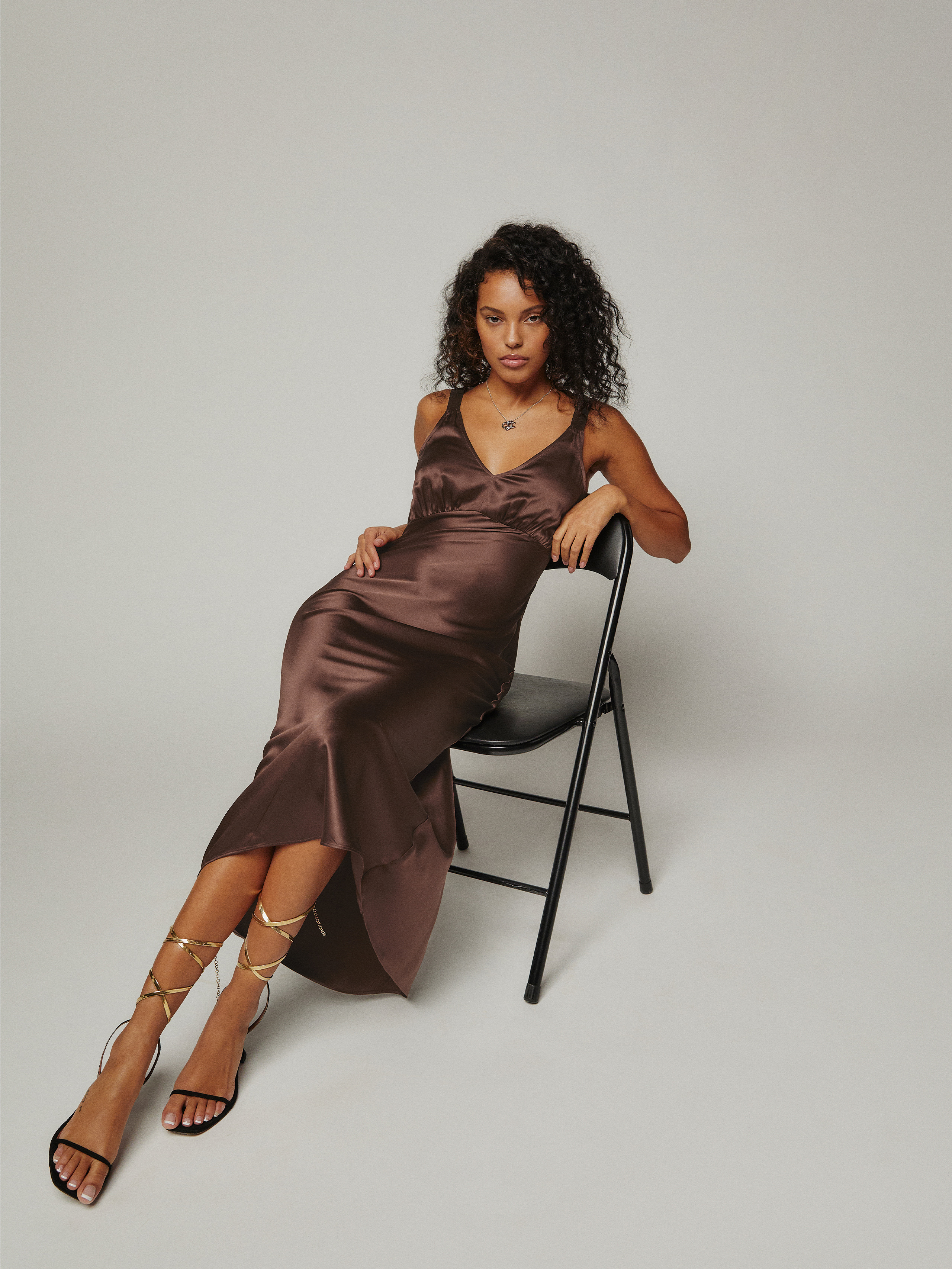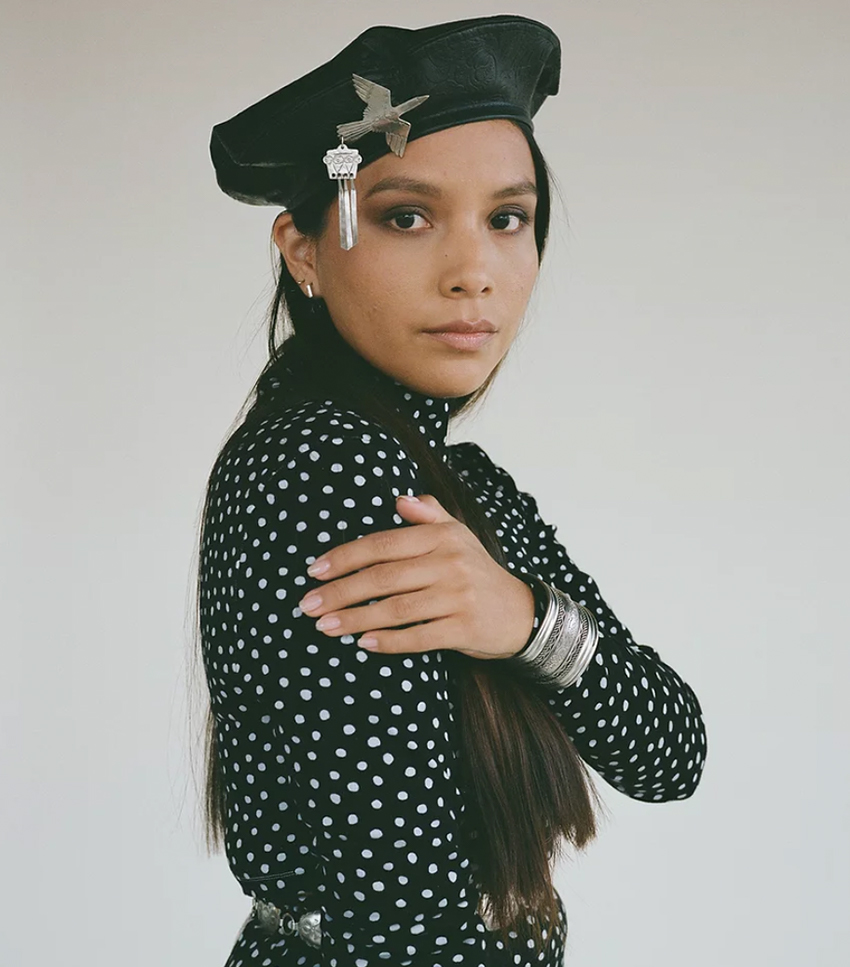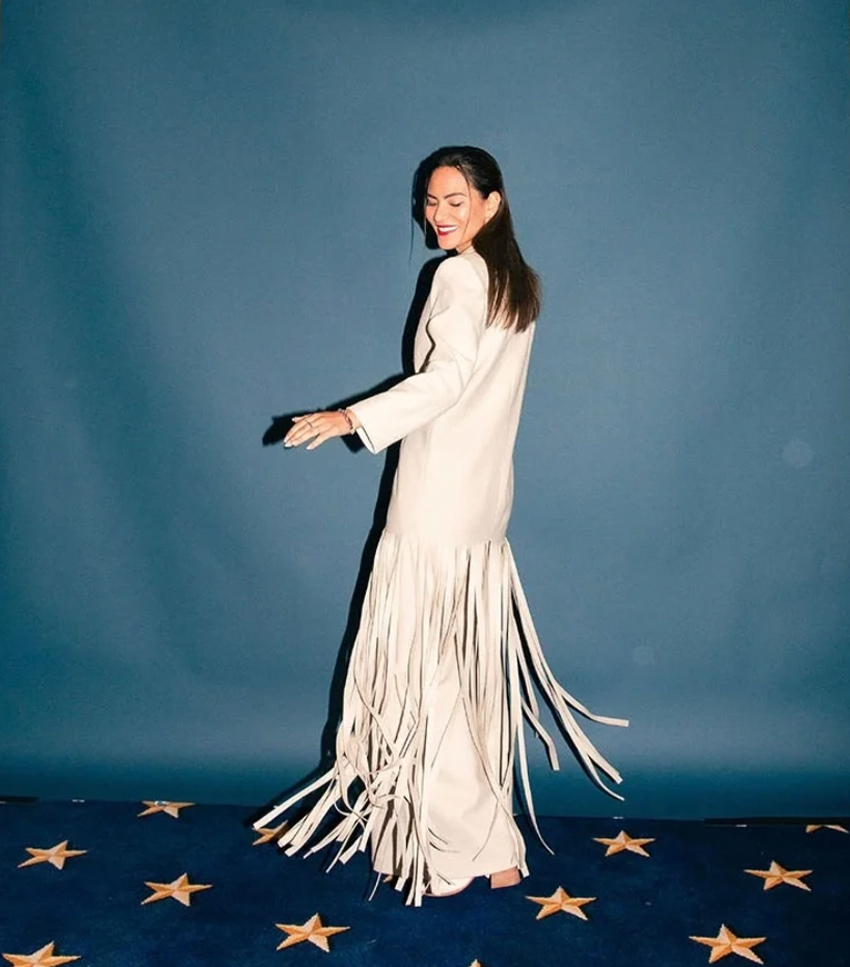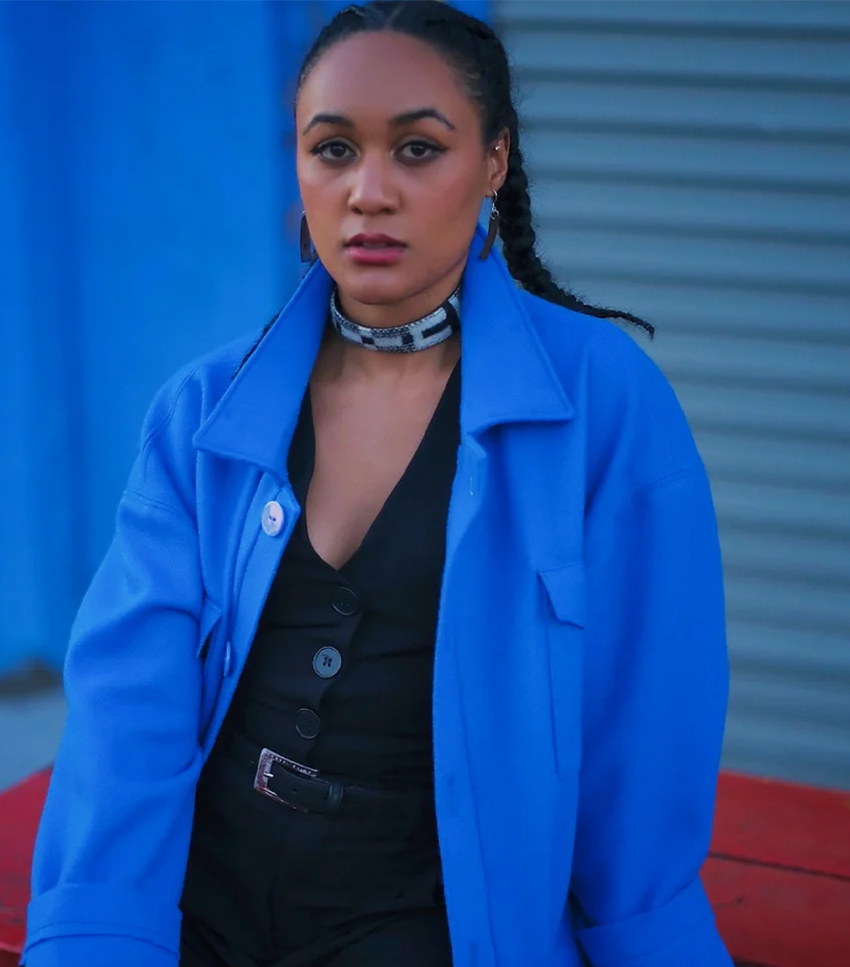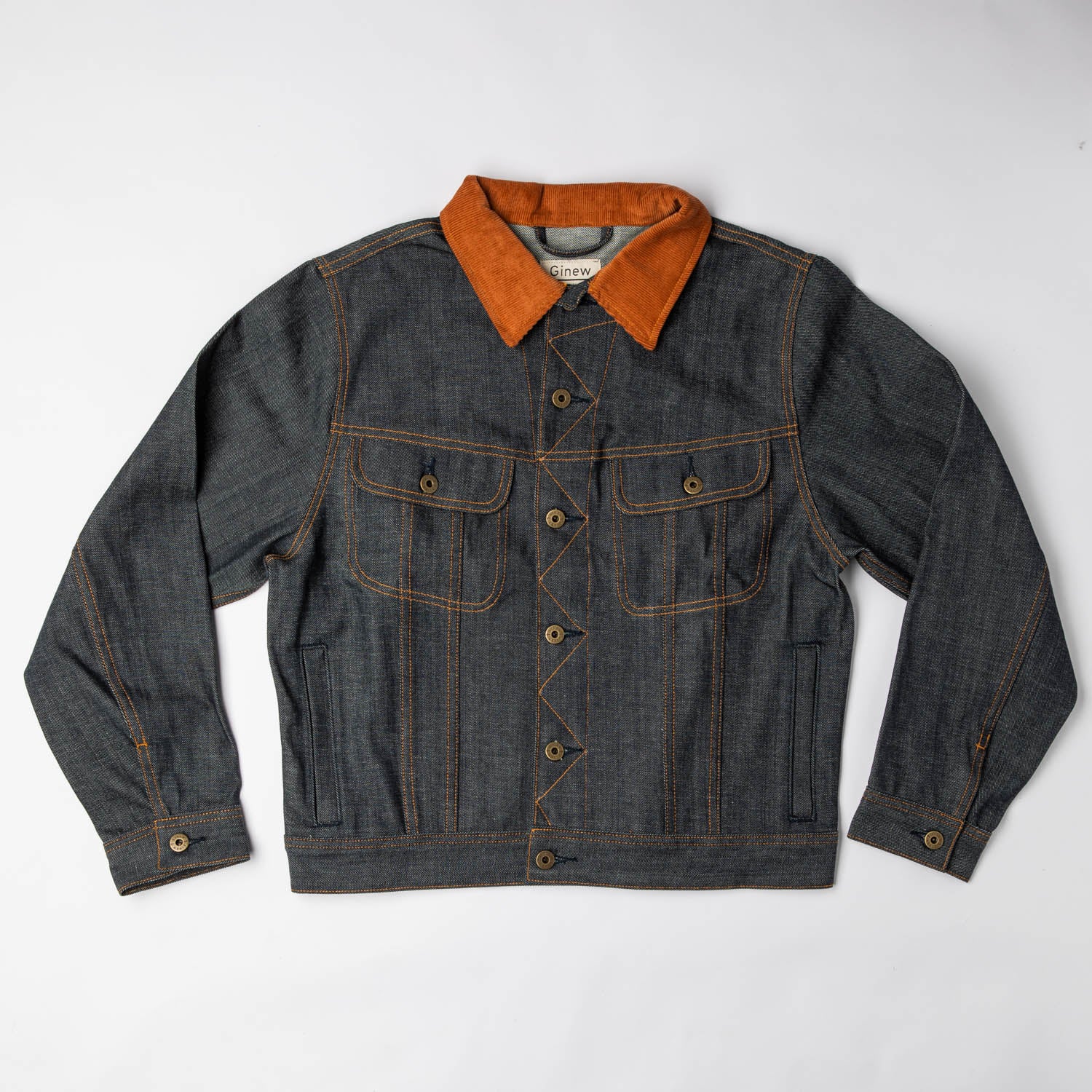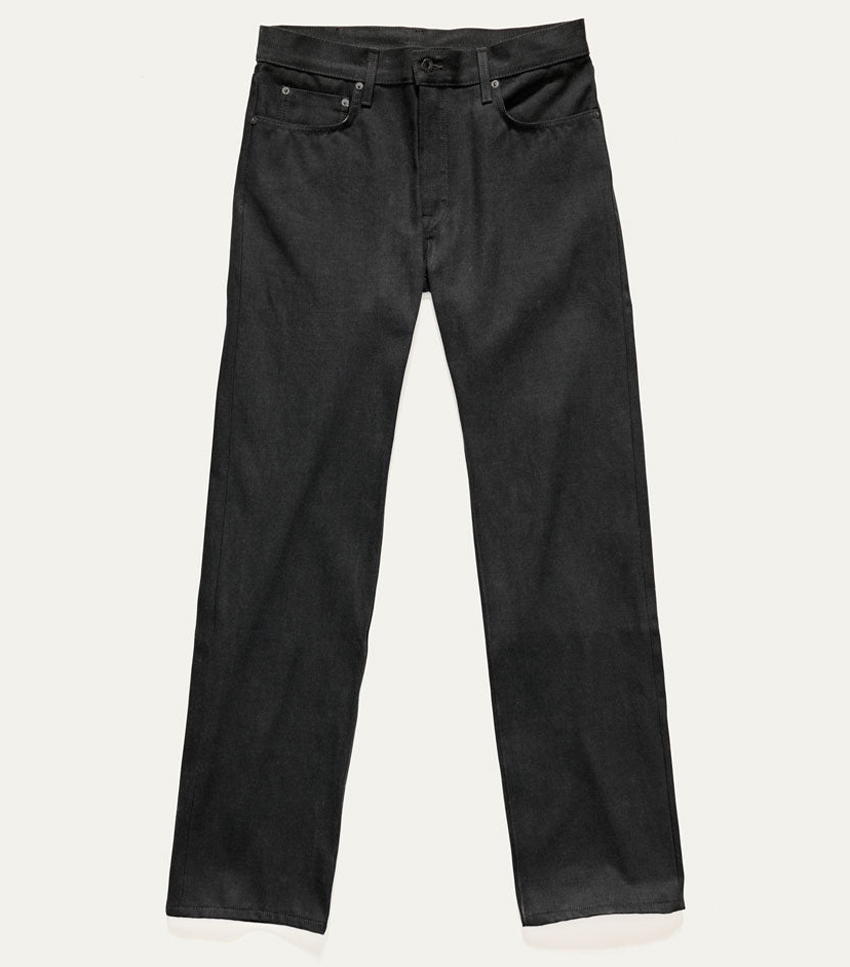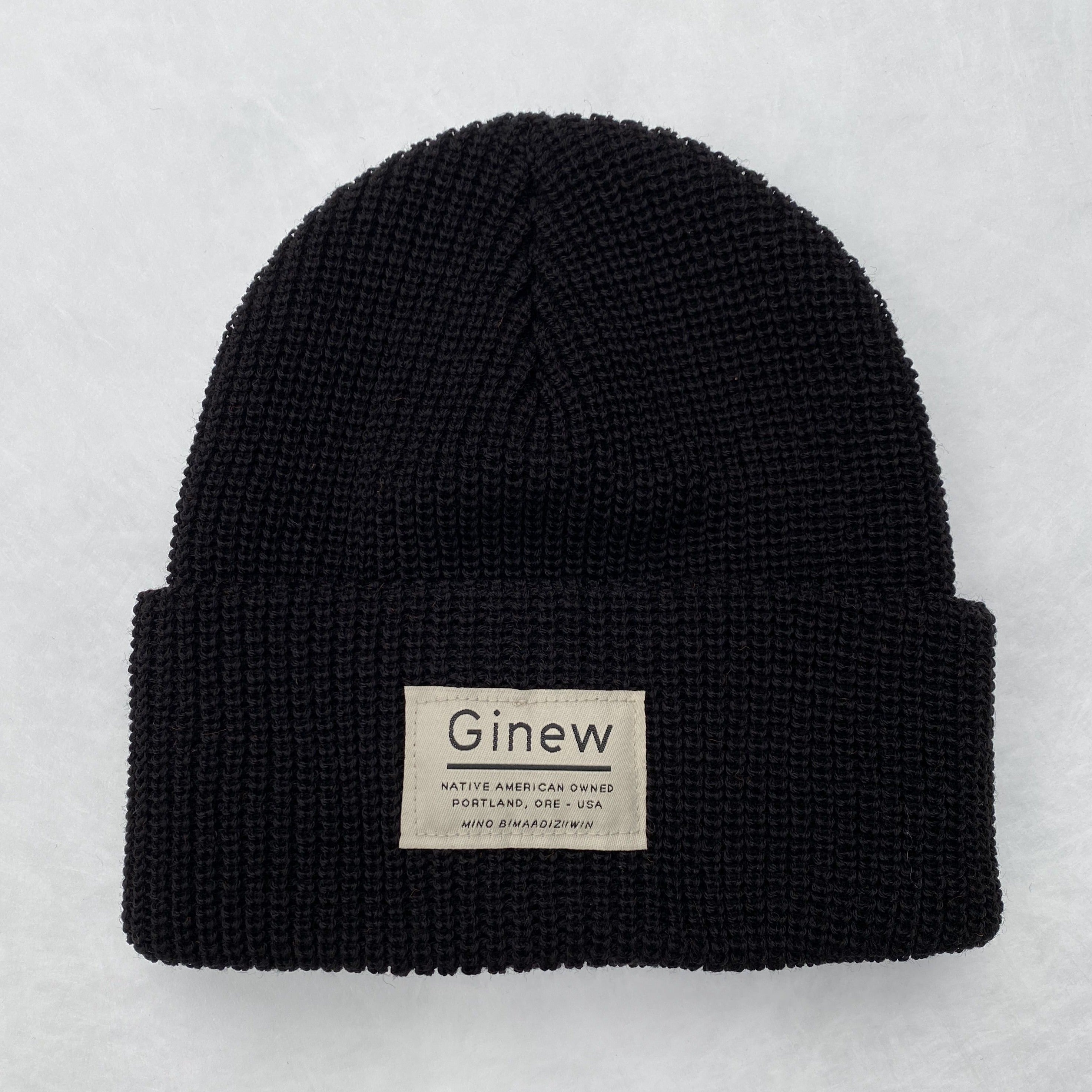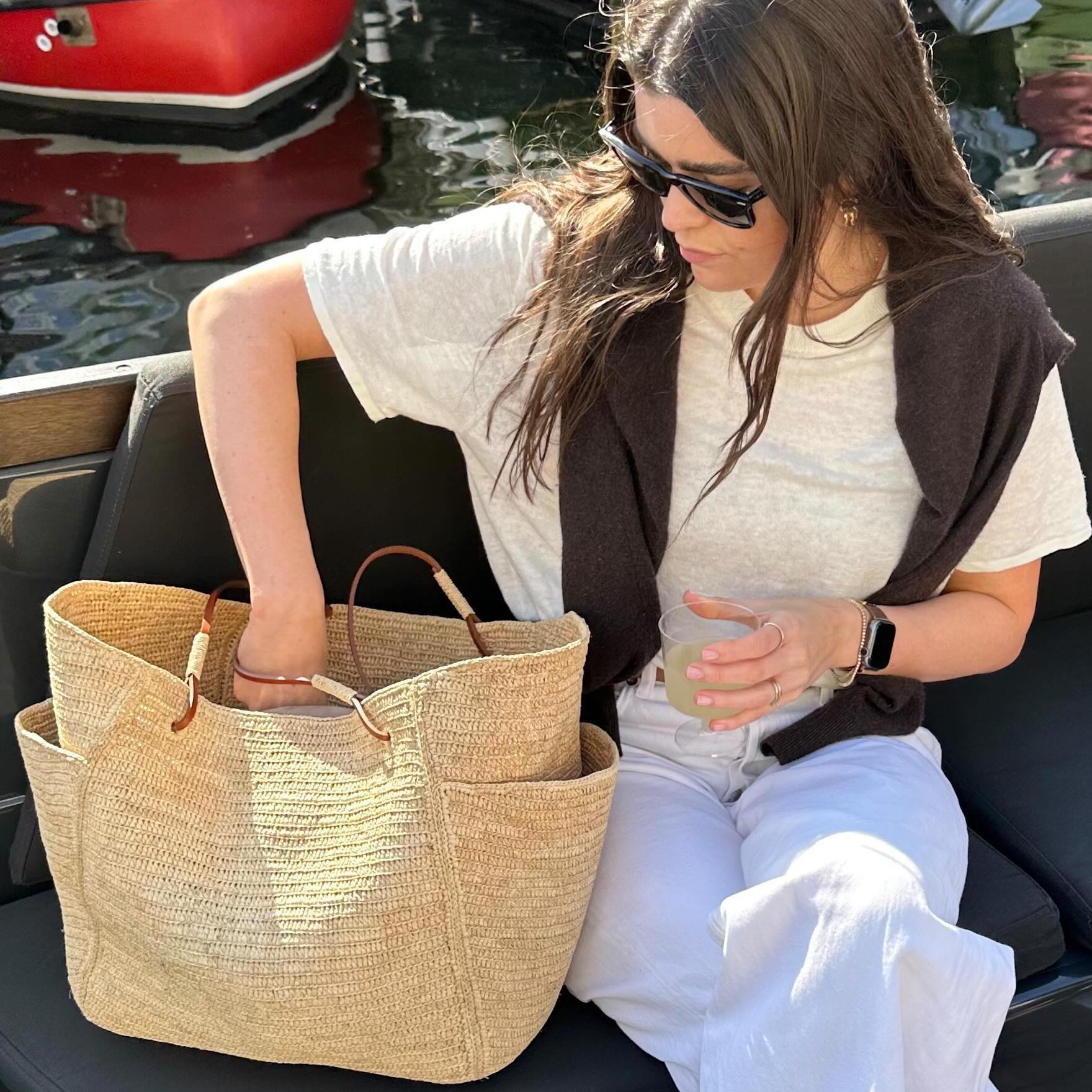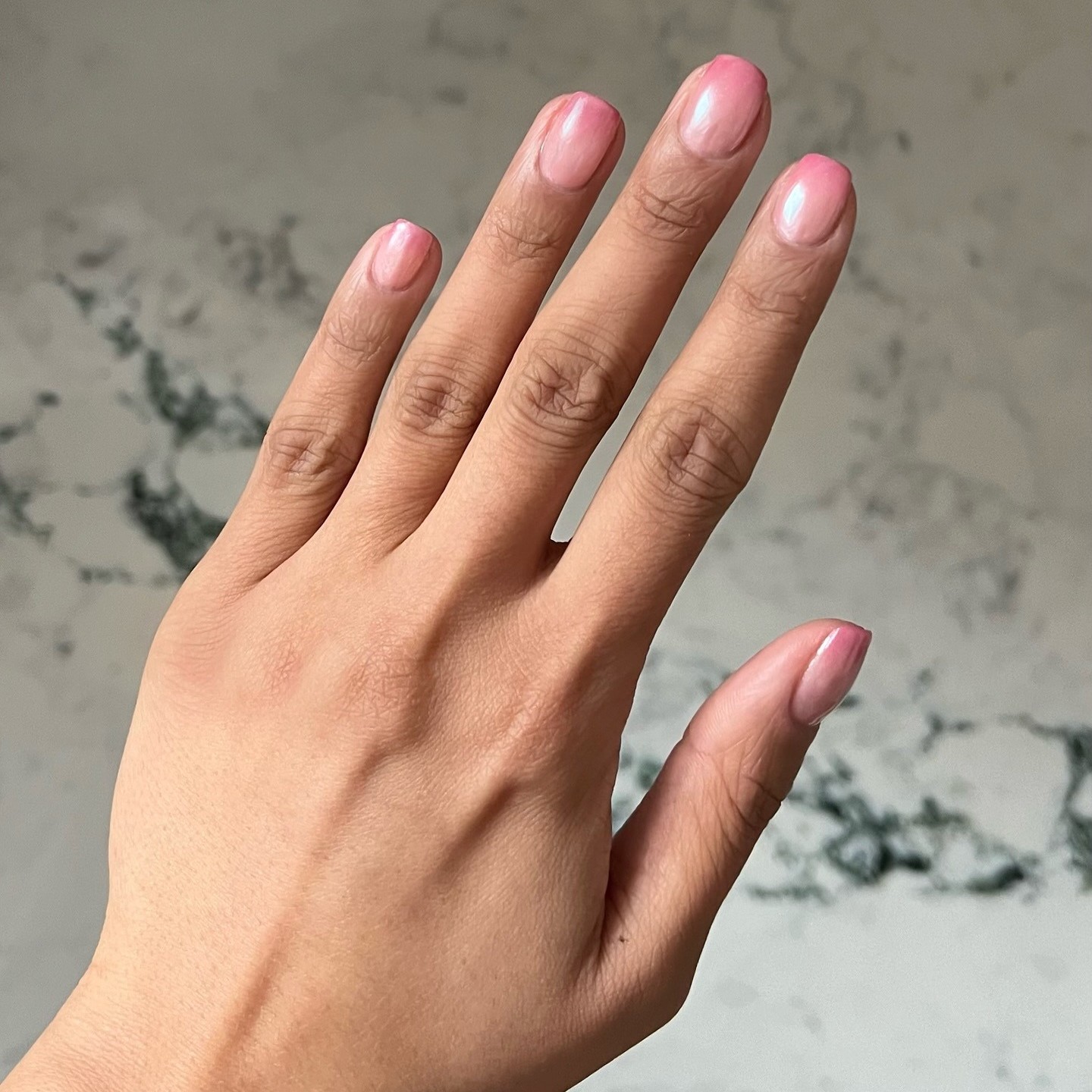Meet the Fashion Creative Redefining Indigenous Style
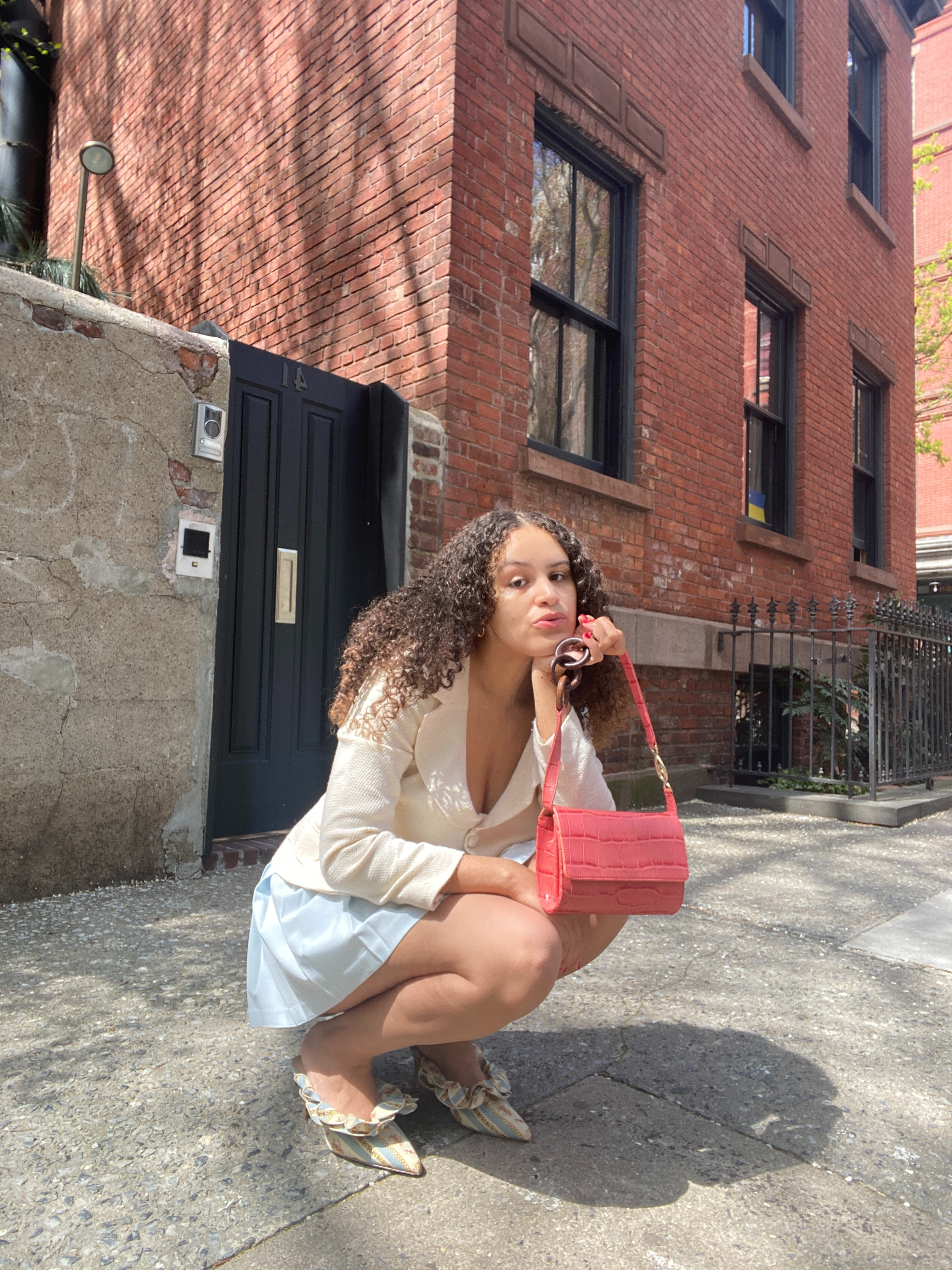
Editorial Note: This post was originally published at an earlier date. Since our support for Indigenous-owned brands and creatives is a forever kind of thing, we thought we'd update this story.
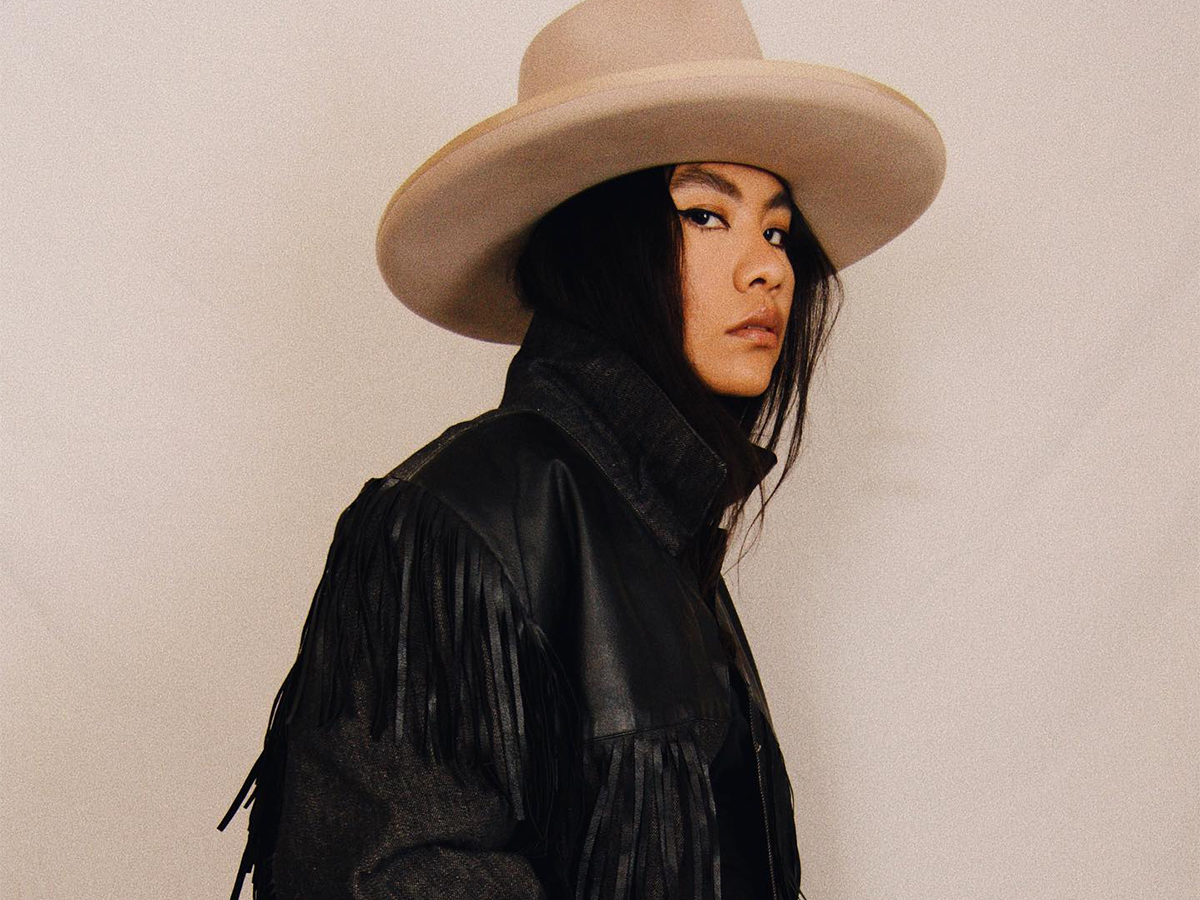
)
Soon people across the country will gather with family and friends for Thanksgiving. While the much-celebrated American holiday has become a distinct moment for practicing gratitude or preparing for Black Friday, it’s revisionist (and frankly, naïve) not to acknowledge the historical realities of this holiday. Having to reckon with the documented discrimination, dehumanization, and slaughtering this country’s early white settlers did to Native American populations is not exactly the easiest conversation to have at the dinner table. But rather than avoid it, we’ve decided to honor the ancestors of our land and the history of all American people by highlighting a rising voice from the indigenous community in the fashion world.
Ahead, you’ll hear from multitalented creative Shondina Lee about her journey as a Navajo woman in the fashion industry and the rising Native American brands you can support with your wallet. But first, a little about her…
Meet Shondina Lee
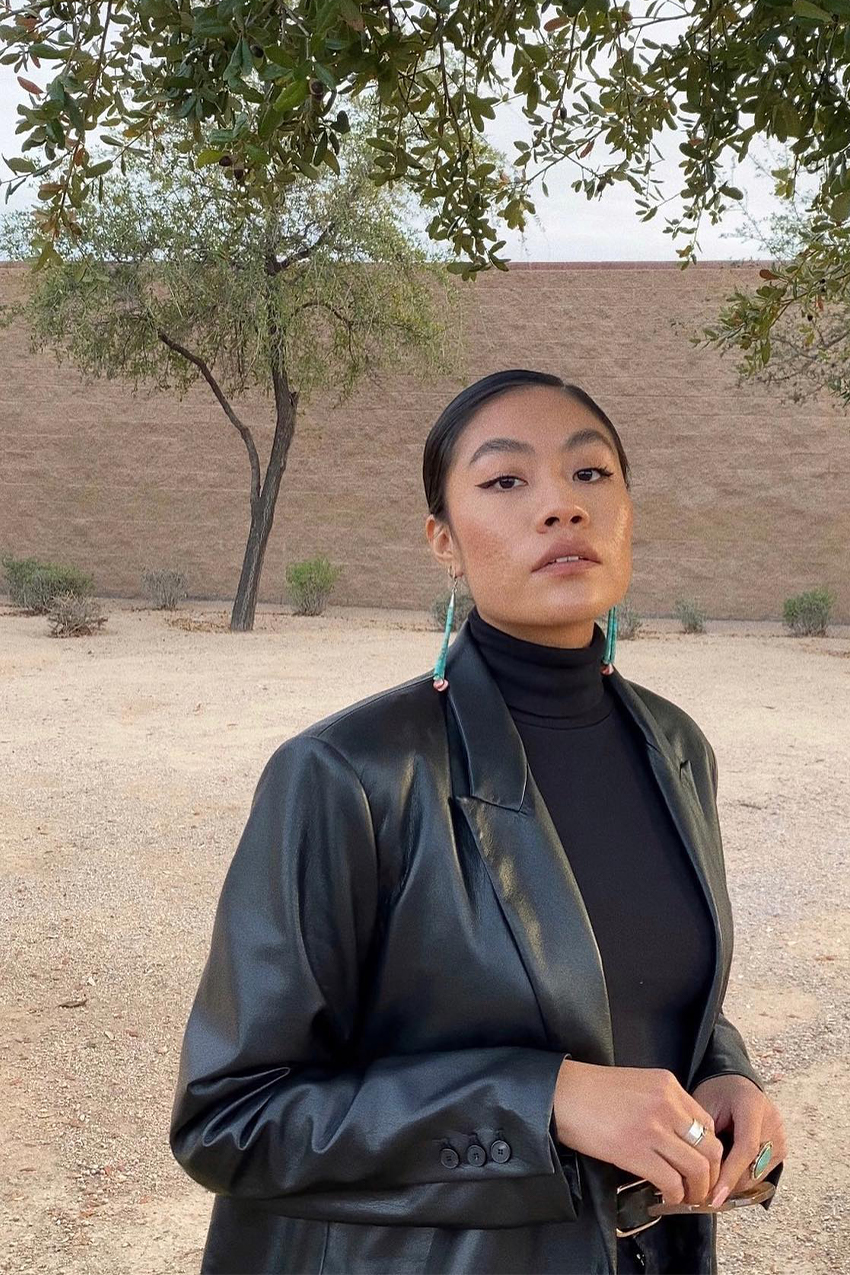
How long have you been interested in fashion, and what made you launch your blog?
I became interested in fashion once I got into college. The start of my blog was a creative outlet for me to write and combine my love for fashion, modeling, writing, and photo shoots.
You worked with Wrangler on a campaign in 2019—what do you think you could accomplish through that collaboration?
I was able to shed some light on all the amazing indigenous talents out there. That’s really what made it special for me, to be able to see authentic representation with an iconic brand like Wrangler. They gave me creative freedom, and I appreciated that. I hope it helps or inspires the indigenous youth in some way. I want them to know things like this are possible for people like us, to be proud of who they are and how they look.
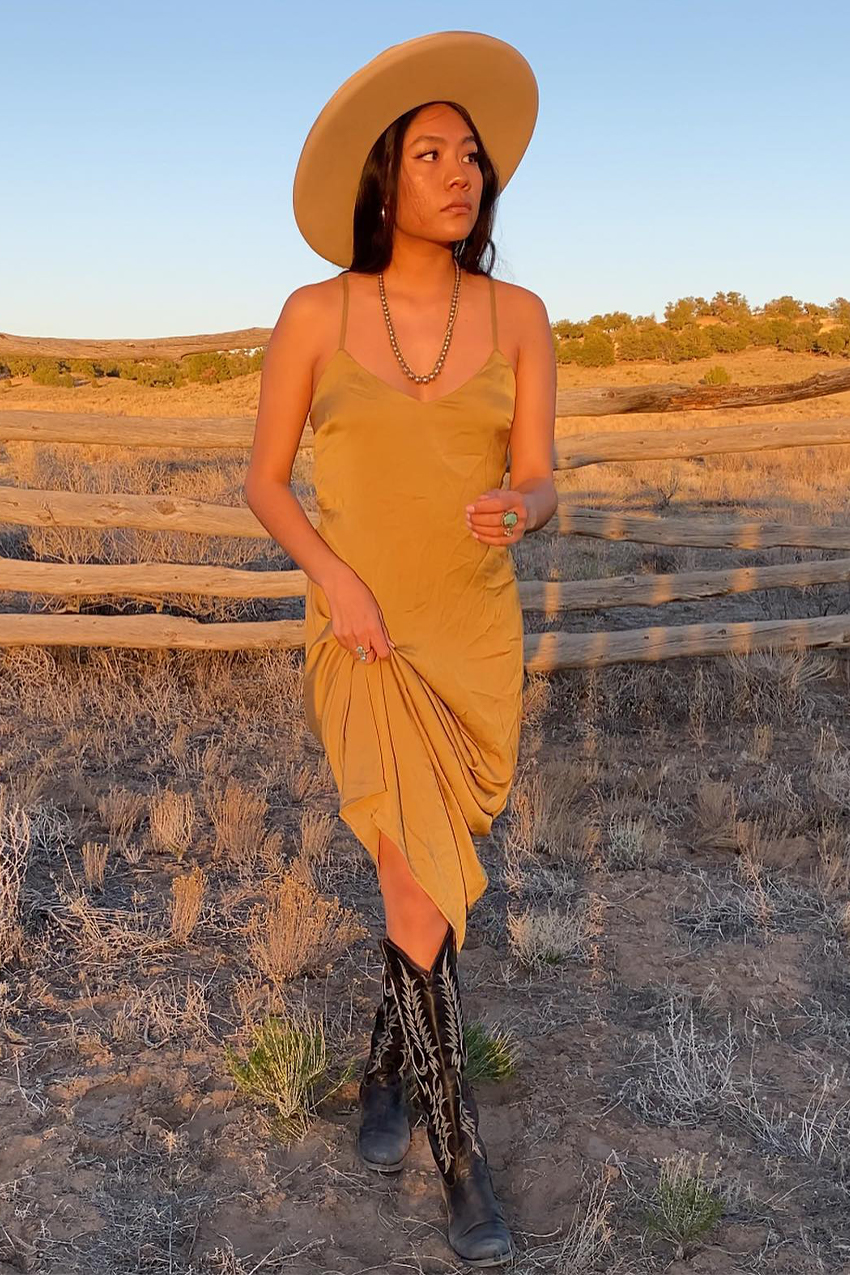
What would you say influences your personal style the most? How has growing up on a reservation impacted how you approach style—if at all?
Growing up on the reservation definitely had an influence on my style, and it still does because I get a lot of my inspiration from the older generation and looking at old pictures.
What clothing items can you not live without?
My daily uniform is my denim jacket, high-waisted pants, turtleneck sweaters, boots, and a hat. When I'm feeling fancy, I love to pair an earth-toned slip dress with layered jewelry, boots, and even a fringe coat or blazer.
Shop Lee's clothing essentials:
Lee's Favorite Brands
1. Emme
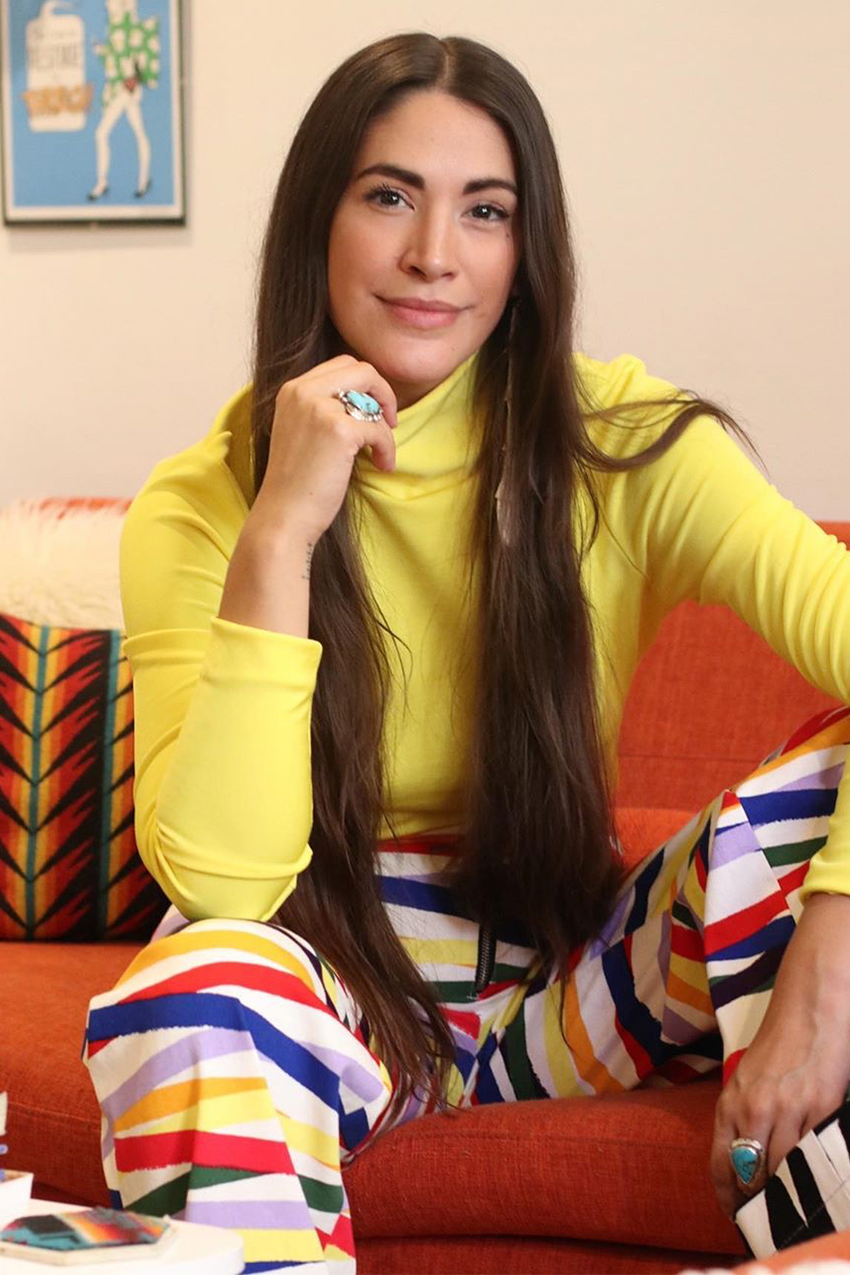
Emme is a fashion brand based out of New York City by Korina Emmerich. The designer has made waves within the fashion industry by way of her colorful designs inspired by her heritage from the Pacific Northwest Puyallup tribe. As Lee told us, "She made a shirt out of recycled menswear, and it’s one of my favorite things at the moment. Her take on fashion in the indigenous community is like a breath of fresh air.”
Shop the brand:
2. Ginew
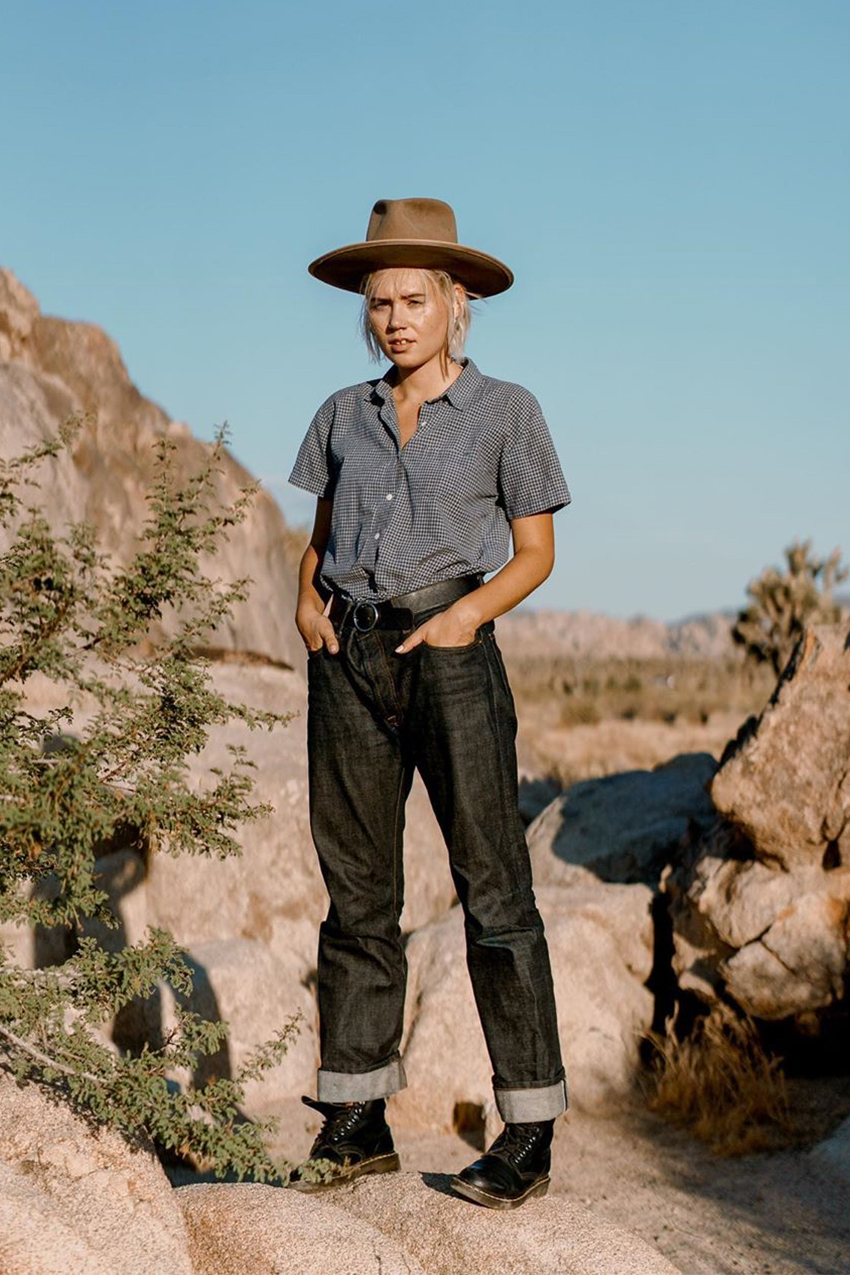
Ginew is based out of Portland, Oregon, and founded by husband-and-wife duo Erik Brodt and Amanda Bruegl. It also happens to be the only indigenous-owned denim company in the world. But it doesn’t just sell denim; it offers a variety of androgynous pieces inspired by the founders’ collective tribe roots. "Their clothes align with my sense of style, which is why I’m so drawn to them,” Lee explained, and we get it.
Shop the brand:
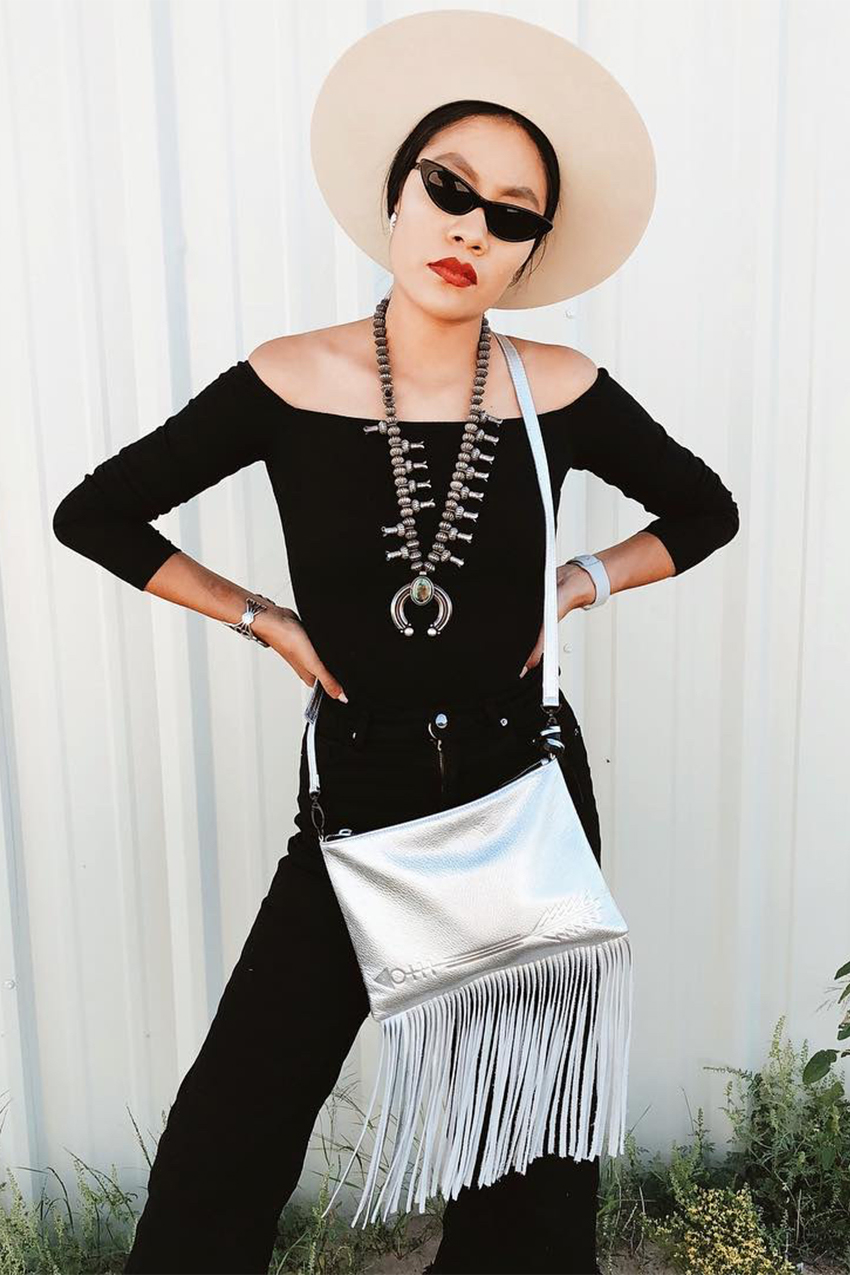
)
What do you wish you could change about the fashion industry from the perspective of both a model/creative and a woman of color?
I want to see more women of color leading the fashion industry! Whenever I have collaborations that let me include other people, it’s always important for me to have an indigenous lineup.
Next: 7 Beautiful Native-Owned Fashion Brands to Know and Love

Jasmine Fox-Suliaman is a freelance writer and editor living in New York City. What began as a pastime (blogging on Tumblr) transformed into a lifelong passion for unveiling the connection between fashion and culture on the internet and in real life. Over the last decade, she's melded her extensive edit and social background to various on-staff positions at Who What Wear, MyDomaine, and Byrdie. More recently, she’s become a freelance contributor to other publications including Vogue, Editorialist, and The Cut. Off the clock, you can find her clutching her cell phone as she's constantly scrolling through TikTok and The RealReal, in search of the next cool thing.
-
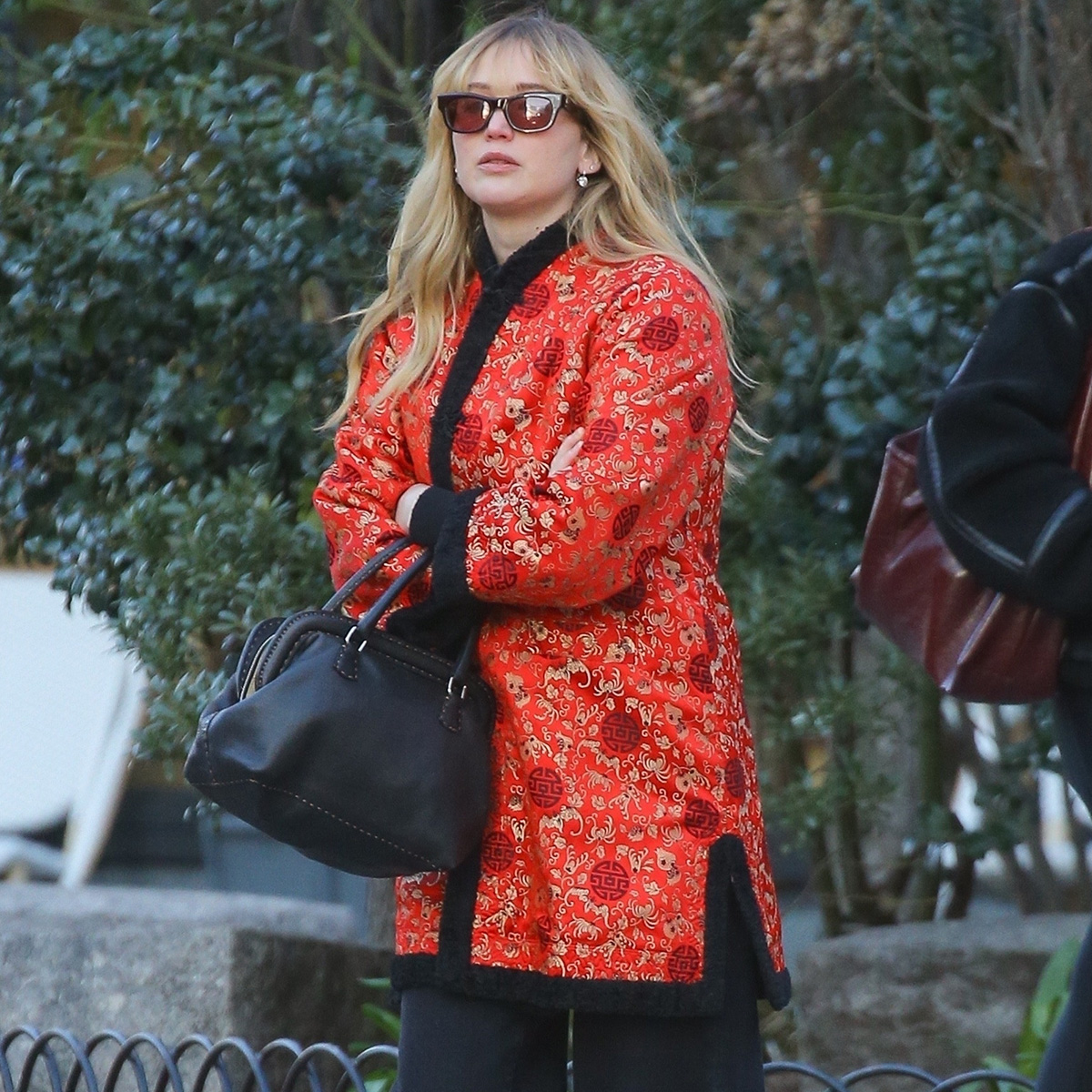 Jennifer Lawrence Just Wore the Leopard-Print Alaïa Flats Even Retro Sneakers Can't Compete With
Jennifer Lawrence Just Wore the Leopard-Print Alaïa Flats Even Retro Sneakers Can't Compete WithThey're just too chic.
By Nikki Chwatt
-
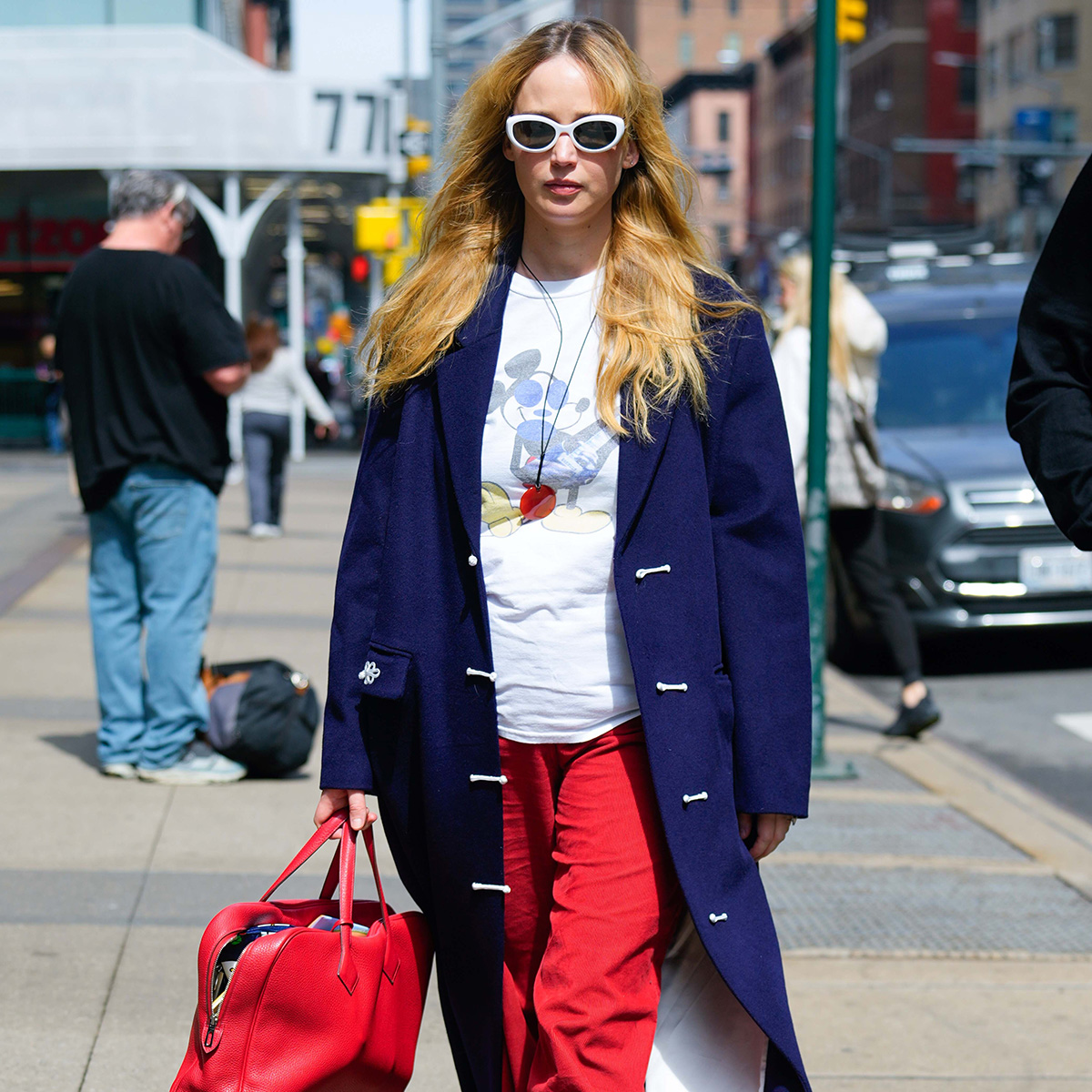 From L.A. to Paris, It Girls Are Swapping Their Classic Ballet Flats for This Elevated Alt
From L.A. to Paris, It Girls Are Swapping Their Classic Ballet Flats for This Elevated AltRightfully so.
By Nikki Chwatt
-
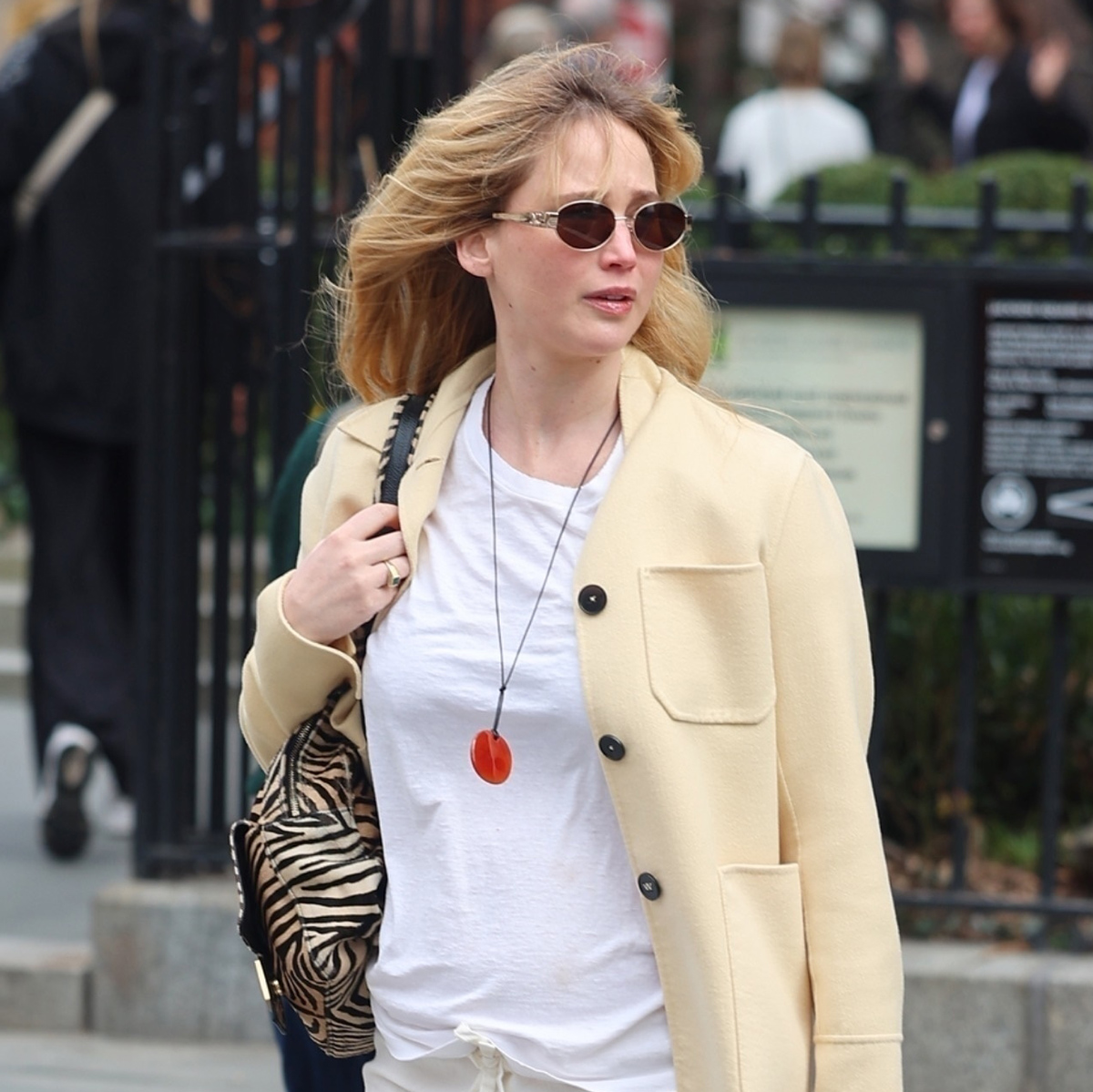 Jennifer Lawrence Just Wore the New Adidas It Sneakers Everyone Will Buy to Pair With Skirts
Jennifer Lawrence Just Wore the New Adidas It Sneakers Everyone Will Buy to Pair With SkirtsWith a butter-yellow jacket, I might add.
By Allyson Payer
-
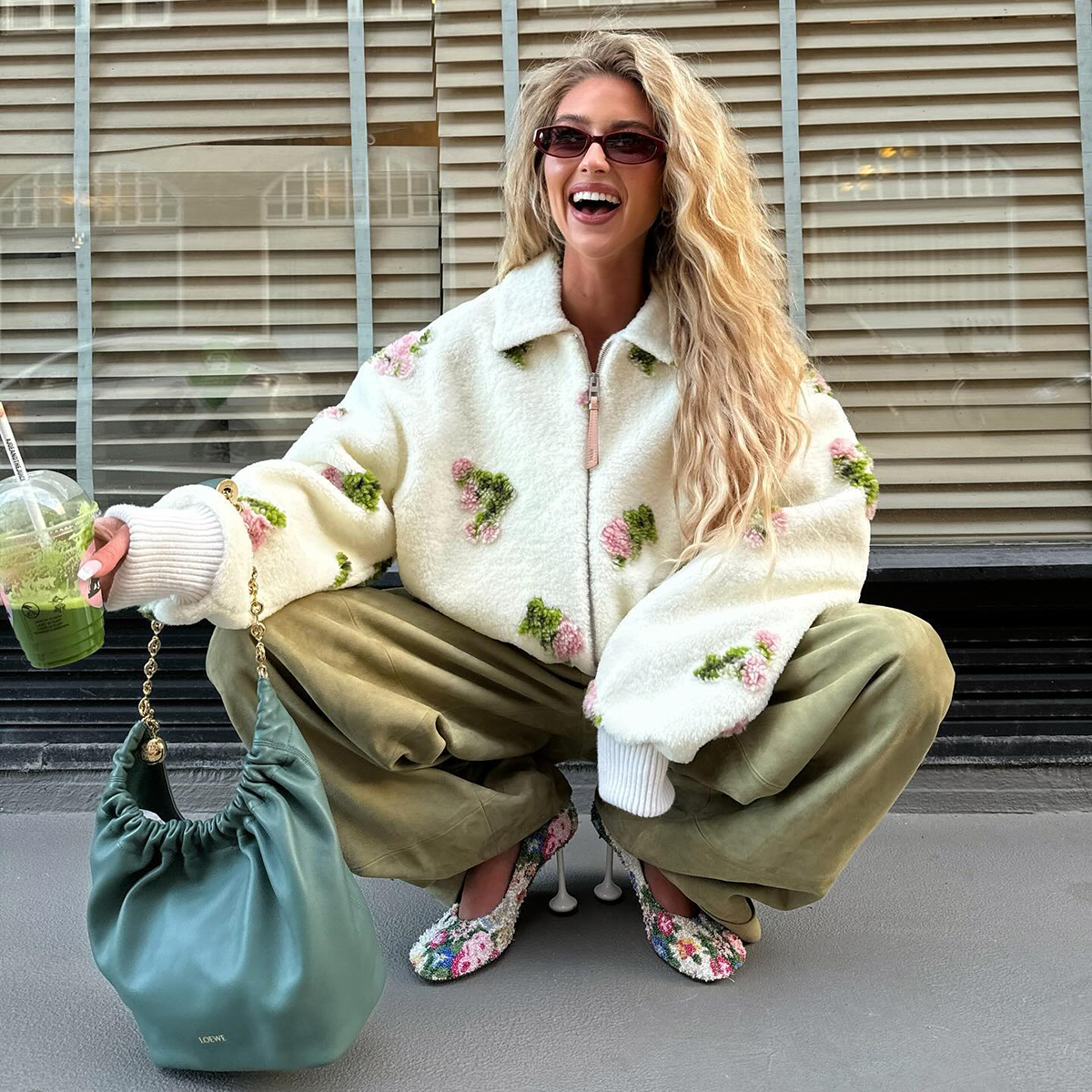 5 Europe-Based Influencers I Follow to Find Out What the New Designer It Items Are
5 Europe-Based Influencers I Follow to Find Out What the New Designer It Items AreReady for some wardrobe envy?
By Allyson Payer
-
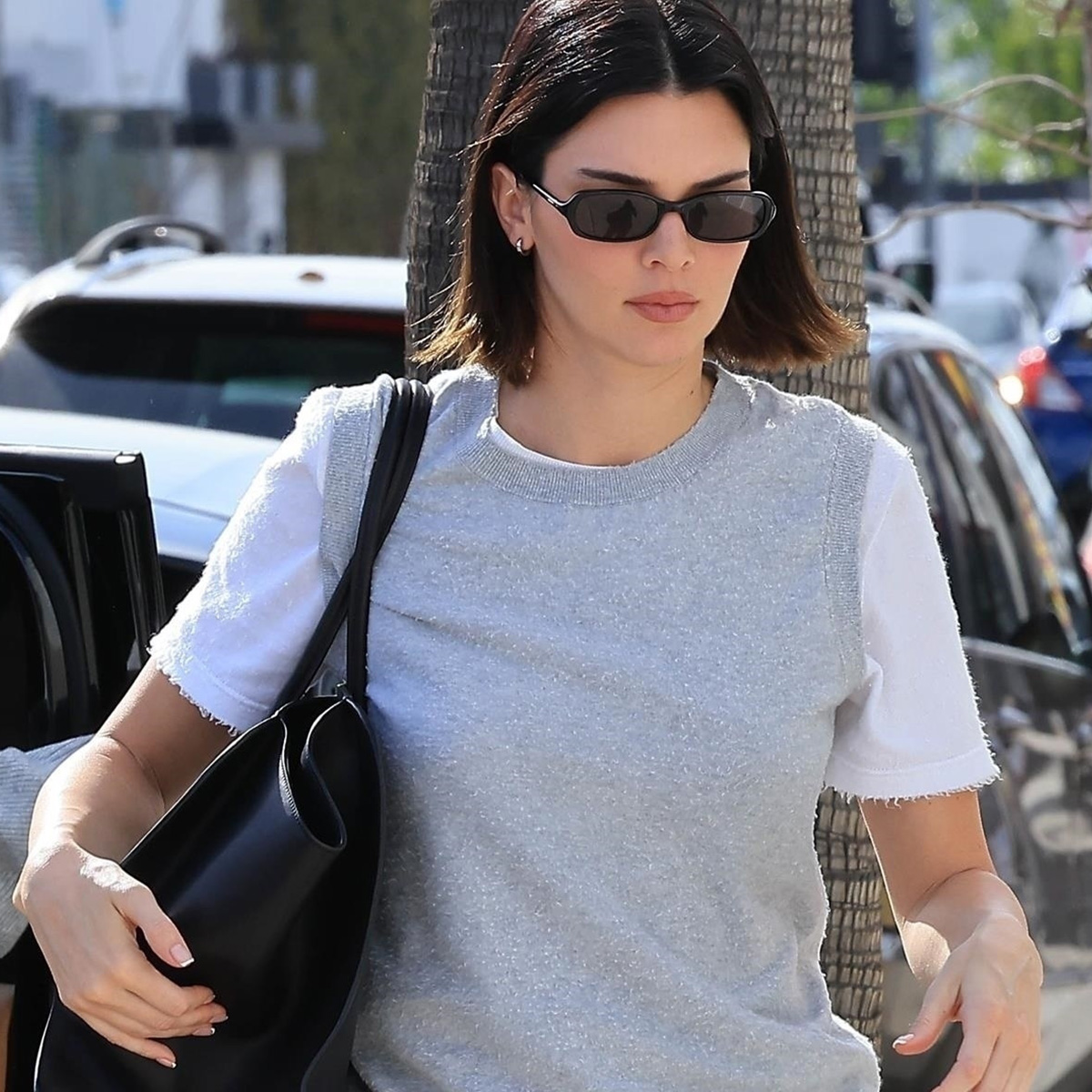 Spotted on the Streets of L.A.: The Chicest Shoe Trend to Wear With Black Trousers
Spotted on the Streets of L.A.: The Chicest Shoe Trend to Wear With Black TrousersSorry, sneakers—it's not your time.
By Eliza Huber
-
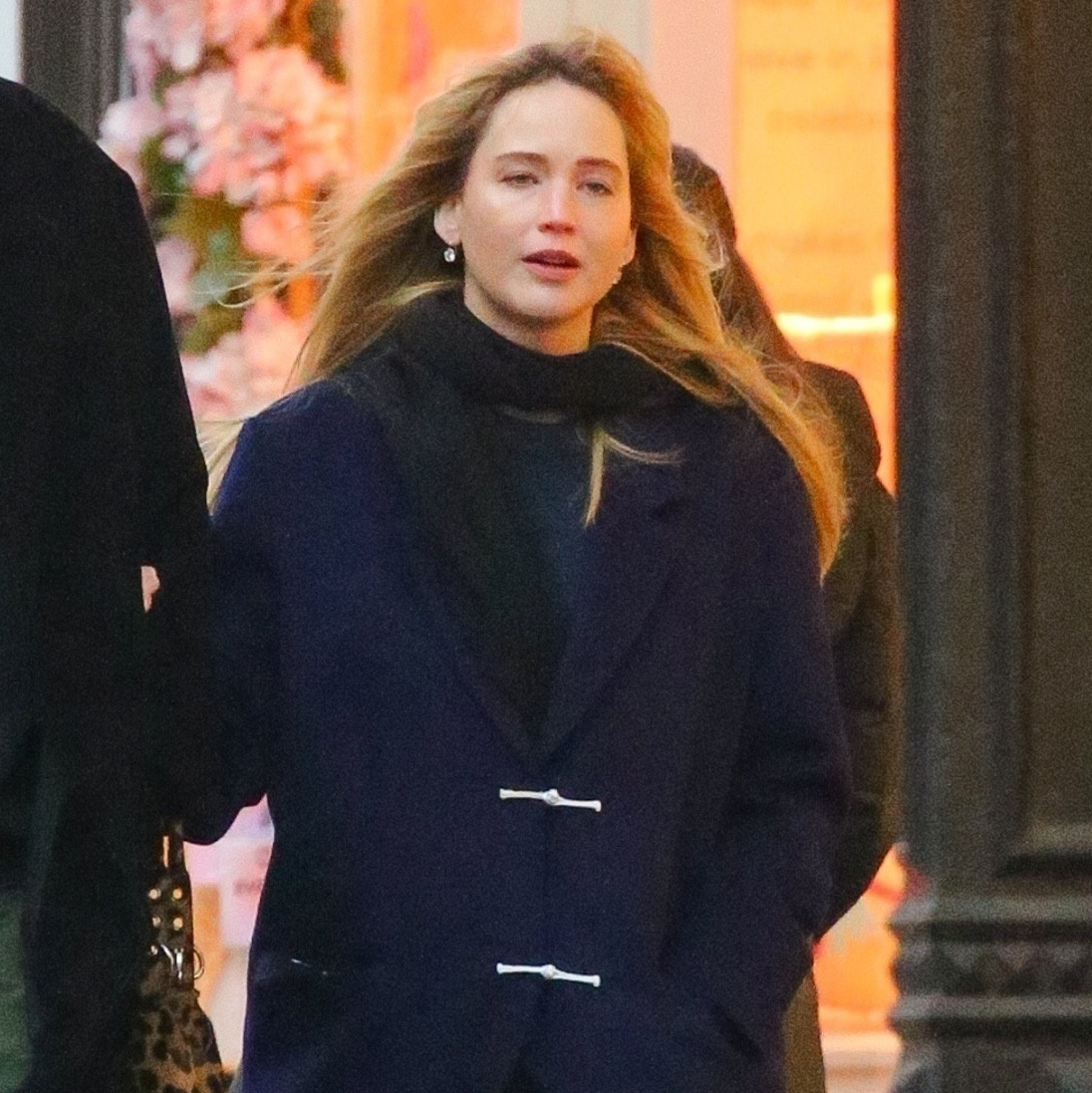 Jennifer Lawrence Just Wore the Adidas It Sneakers Everyone Is Calling the Sambas of 2025
Jennifer Lawrence Just Wore the Adidas It Sneakers Everyone Is Calling the Sambas of 2025The fan club is growing.
By Allyson Payer
-
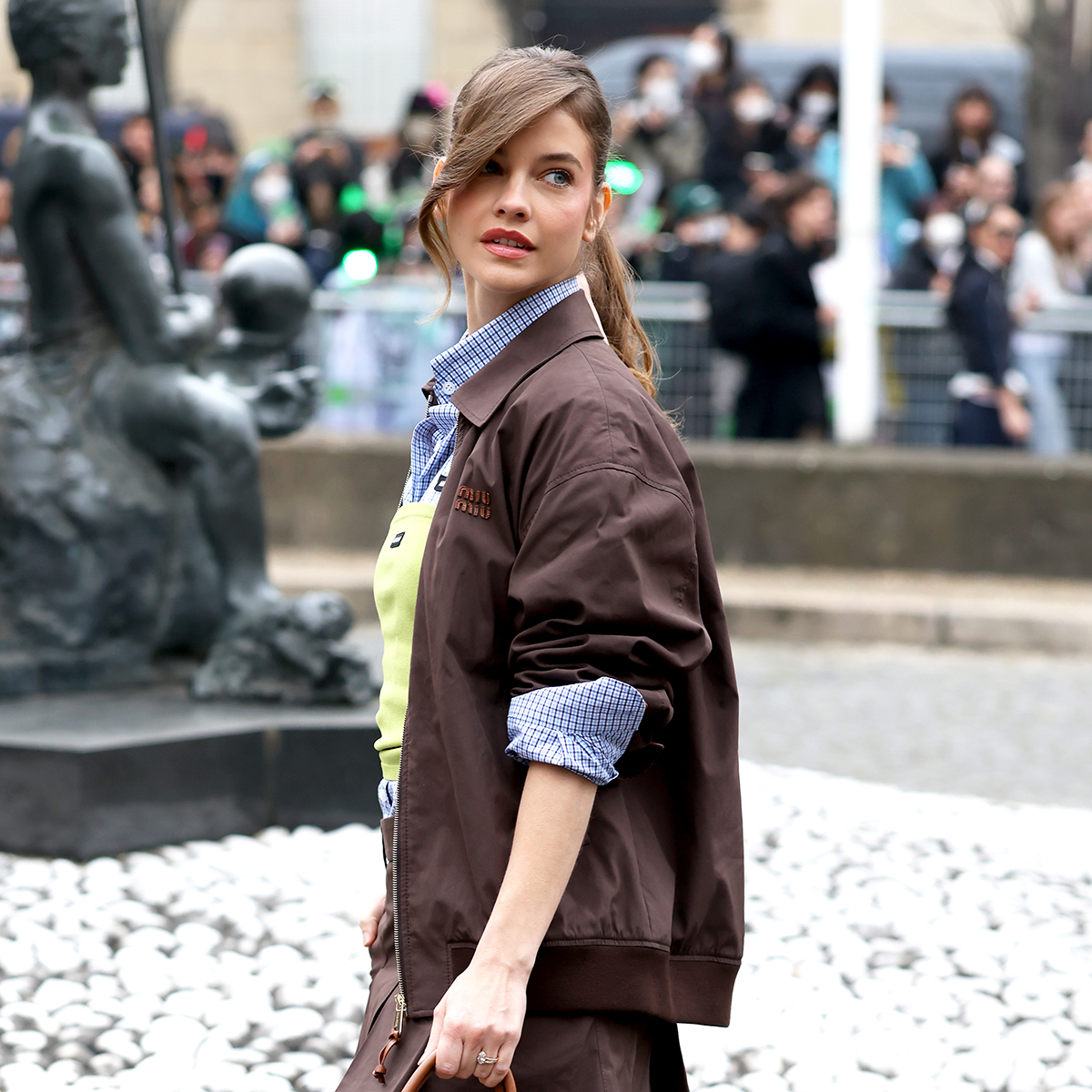 I'm Calling It: This Is How People With Cool Style Will Wear Button-Down Shirts in 2025
I'm Calling It: This Is How People With Cool Style Will Wear Button-Down Shirts in 2025As seen in Paris.
By Allyson Payer
-
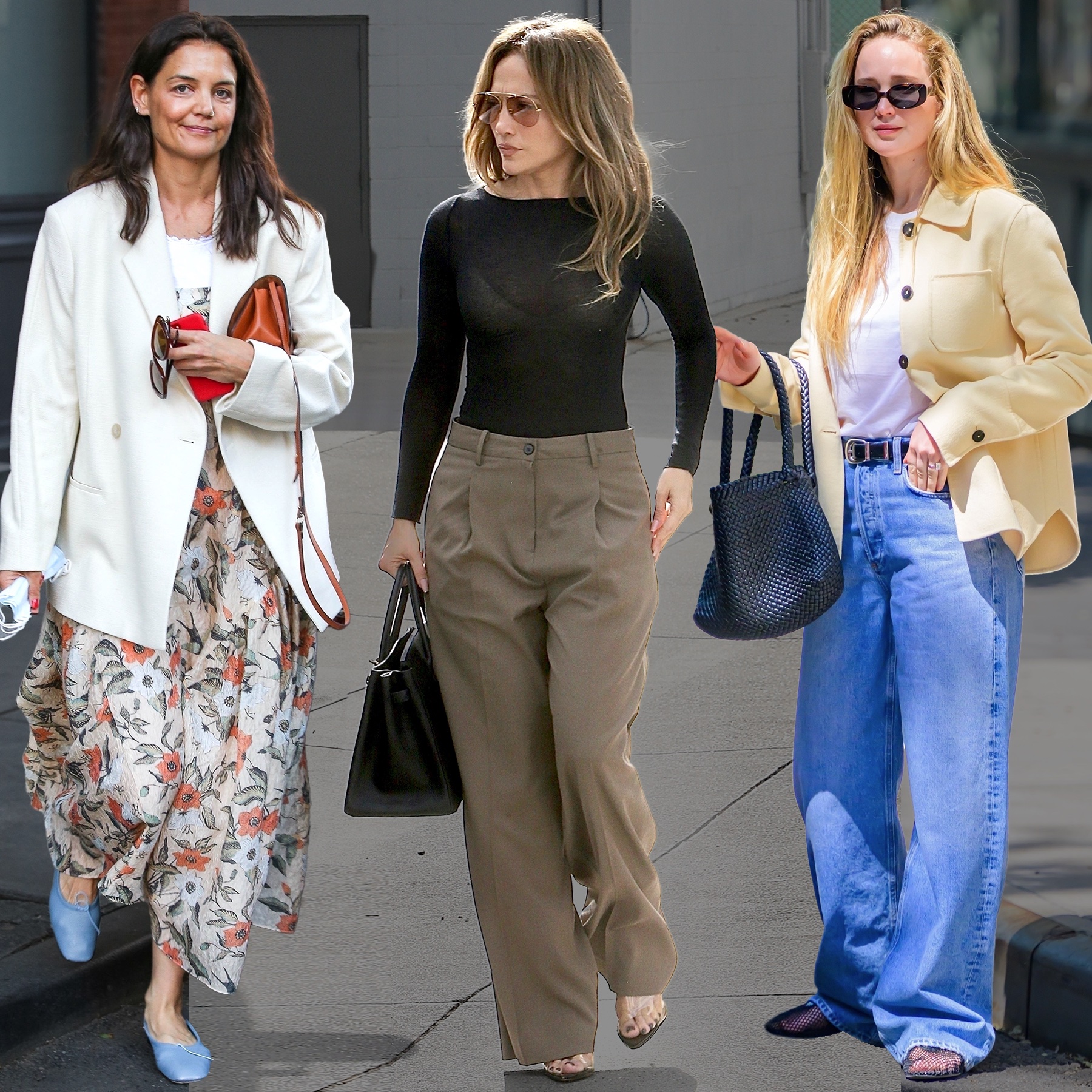 30 Chic Spring Pieces I'd Love to See Jennifer Lawrence, J.Lo, and Katie Holmes Wearing Right Now
30 Chic Spring Pieces I'd Love to See Jennifer Lawrence, J.Lo, and Katie Holmes Wearing Right NowI want every last piece.
By Jennifer Camp Forbes
